Country Name: Saudi Arabia
System of government: Monarchy
Capital: Riyadh
Location: In the Arabian Peninsula, between the Persian (or Arabian) Gulf, the Red Sea and the Indian Ocean. It has borders with Jordan, Iraq, Kuwait, Qatar, the United Arab Emirates, Oman, the Yemen Arab Republic and South Yemen (Yemen PDR)
Area: 2,149,690 sq km
National composition: Mostly Arabs, with Indian, Pakistani, African and European minorities. Much of the country is empty desert.
Religion: Islam
Official language: Arabic
Currency: Riyal = 100 halalas
Administrative divisions: 6 major provinces and 12 major provinces
Other major cities: Jiddah, Mecca (Mohammed’s birth place), Al-Qatif, Medina (Mohammed’s burial place)
Highest elevation: Asir range (3,133m)
Chief rivers: The country has no permanent rivers. Seasonal streams occupy wadis
Climate: Tropical and extremely arid climate, with hot summer; average summer temperatures between 25°C and 34°C
Saudi Arabia Location Map:
Saudi Arabia Encyclopedia & Facts:
Desert cover nearly nine-tenths of Saudi Arabia. The Great Nafud, a sand desert in the north, is connected by the Ad Dahna sand belt with the Rub’ al Khali (the ‘Empty Quarter’) in the south. Continuous vegetation cover is found only along the coast and in oases. Elsewhere there are only occasional drought-resistant plants. The wildlife includes antelope, gazelle, hyena, jackal, leopard and wolf. Oil dominates the economy. Saudi Arabia’s oil-fields on the Persian Gulf are the world’s largest, containing about one-third of the world’s total oil resources. As a result, Saudi Arabia is one of the richest countries today. It is using revenue from oil sales to diversify the economy and raise living standards.
Related Photos:
Interesting Facts:
Saudi Arabia has more oil than any other country in the world
Oil was first struck in Saudi Arabia in March 1938, in the Dammam Oilfield at 1,440 metres deep. Today, the country possesses around 17 % of the world’s proven petroleum reserves. A litre of potable water is more expensive than a litre of oil in Saudi Arabia.
The Ghawar Oilfield is the largest oil reserve in the world, with an estimated 75 billion barrels of oil left. To put that into context, the oil field has enough reserves to fill 4,770,897 Olympic-sized swimming pools.
Camels are still big business
Riyadh, the country’s largest camel market, sells around 100 camels every day. It’s also the world’s largest camel market. The market sprawls across two square miles on the outskirts of Buraydah in Al-Qassim and runs every day from 6:00 am. Historically camels were the main source of transport for Saudi Arabia. While they’ve been superseded by other methods of transport, they still hold a special place in Saudi culture. Arabian camels or ‘one-hump camels’ offer a reliable source of milk, food and leather. Most of those sold at the market are destined for slaughterhouses.
Saudi Arabia is also home to the King’s Cup camel race. The epic camel race has up to 2,000 participants and races across a 19 km track during the Janadriyah National Festival.
It’s home to the world’s largest sandy desert
Rub-Al Khali is the largest continuous sand desert in the world. It measures a vast 650,000 square km – largest than Holland, Belgium and France combined. Sand dunes reach a stagging 250 metres high too.
Saudi Arabia is also the largest country in the world without a river. Just over 95% of the country is desert or semidesert. But while there aren’t any rivers to speak of, it does have a sprawling coastline along the Persian Gulf and the Red Sea.
It’s home to the world’s largest airport too
King Khalid Airport is the world’s largest airport. It stretches across a staggering 192,000 acres of land with a surface area of around 300 square miles. The airport is located in Dammam, Saudi Arabia.
It features five-passenger terminals with eight aero-bridges each, a covered and uncovered parking lot for 11,600 vehicles, a Royal Terminal for VIP guests, state heads and the Saudi Royal Family, one of the world’s tallest central control towers, two parallel runways measuring 4,260 metres (13,980-ft) long and a mosque. The KKIA Mosque can accommodate 5,000 worshippers inside and an additional 5,000 in the plaza outside.
It’s a country full of young people
Two-thirds of Saudi Arabia’s population is under 35. The mean age is 30. According to recent reports, 30.3% of the population is aged under 14 years and 34.7% is aged between 15–35 years. Around 51% of Saudi’s youth population is male.
The percentage of young men and women who have never been married in the age group of 15-34 is 66.23 percent. The percentage of unmarried women in this age bracket is 43.1 percent.
It’s building the world’s tallest skyscraper
It’s already home to the world’s 31st tallest building (the Kingdom Center) but since 2013 Saudi has been working on building the world’s biggest skyscraper. The Kingdom Jeddah Tower, which is currently on hold, will stand at least 3,280-feet tall once completed. That’s almost 200 metres taller than the Burj Khalifa, which currently holds the title of the world’s tallest free-standing structure. Designed by Adrian Smith+Gordon Gill Architecture of Chicago, it will be the first structure in the world to hit the one km high mark.
The building will house the world’s highest observatory, a separate 98-ft-diametre outdoor balcony, 59 elevators, 12 escalators – including five double-decker elevators – and three sky lobbies.
Despite social reform, regulations still restrict women’s rights
Crown Prince Mohammed bin Salman has introduced sweeping reforms for women in the past few years to modernize the Middle Eastern country. These include giving women the right to get their own passports, travel abroad, and live independently without the permission of a wali (male guardian).
But the country still restricts many areas of women’s daily lives. According to the World Economic Forum’s 2021 Global Gender Gap report, Saudi Arabia is in the ten lowest-ranking countries in the world. Women still need a male relative’s permission to start up a business, get married, or have an abortion. Saudi women were not allowed to take part in the Olympics until 2012. Two women took part in the London games and in 2016 four women took part in the Rio de Janeiro games. Until 2018, Saudi Arabia was the world’s only country where women could not drive legally. The law was changed in 2018 following years of campaigning.
External Links:
- Saudi Arabia Top 10 Exhibitions
- Saudi Arabia Top 10 Travel Events
- Saudi Arabia Top 10 Textile Trade Fairs
 Kids Portal For Parents India Kids Network
Kids Portal For Parents India Kids Network
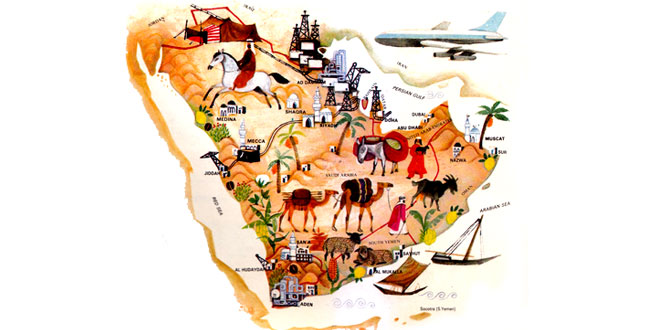
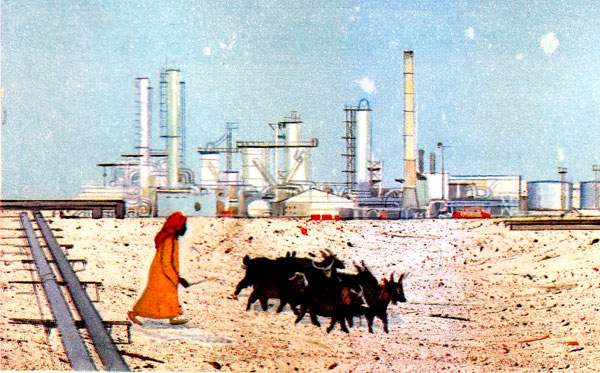
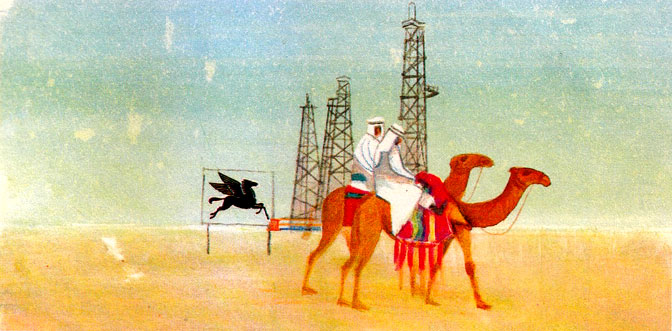
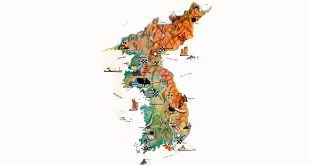


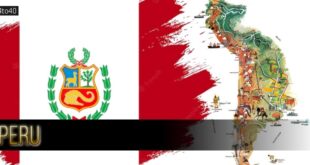
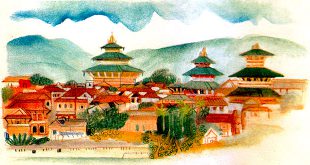
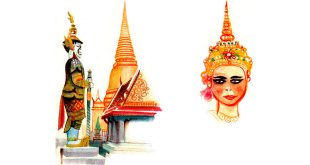
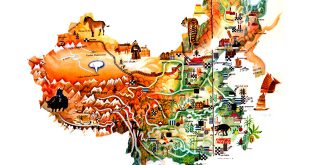
One comment
Pingback: Kuwait Encyclopedia, Facts, Map, Photos, National Anthem - Kids Portal For Parents